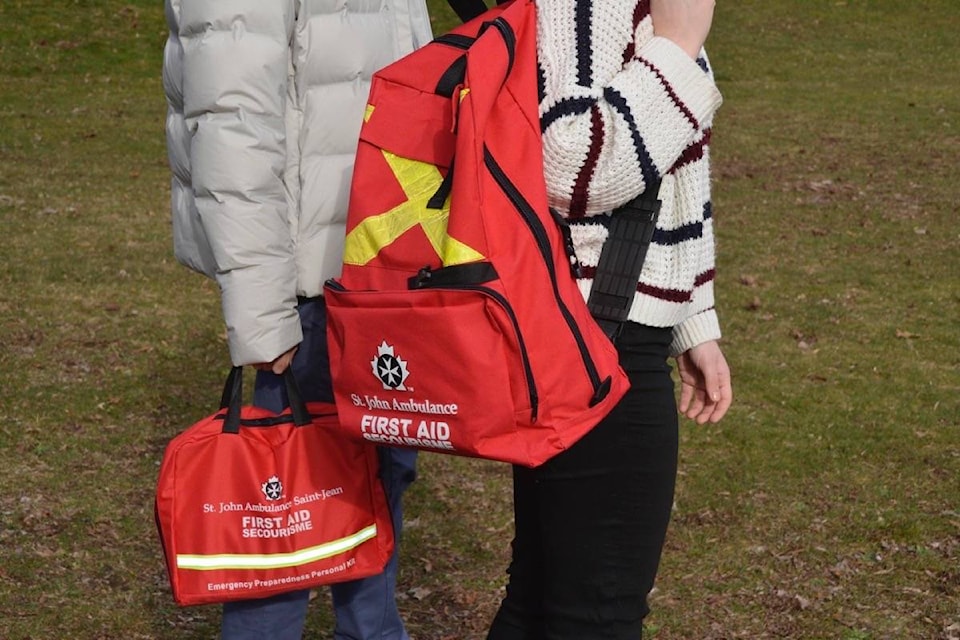Water levels in area rivers and creeks are slowly declining, but the BC River Forecast Centre is continung a High Streamflow Advisory for Cache Creek and the Bonaparte River, so nearby residents should still be prepared in case of emergency.
Fire season has also started, which is another incentive for people in the area to be ready for the unexpected. May 2 to 8 is Emergency Preparedness Week, and St. John Ambulance BC and Yukon is asking all British Columbians to take three simple steps to become prepared for any and all emergencies.
Only 46 per cent of B.C. residents say they have an emergency kit, and only 39 per cent have prepared a plan, according to a 2019 survey done by Research Co. Three simple steps are all it takes: make a plan, purchase or build an emergency preparedness kit, and get first aid training.
An emergency preparedness plan should include details such as identifying safe exits from your home, arranging a meeting place for your household, out-of-town emergency contact information, and pet care.
An emergency kit should be assembled to keep you safe for a minimum of 72 hours. Fill it with general items such as food, water, a first aid kit, a wind-up or battery-powered flashlight, and a radio. Don’t forget prescription medications (for people and pets), a solar cellphone charger, family documents, a change of clothing, and cash. While we’re in the midst of a pandemic, don’t forget masks and hand sanitizer.
Having someone in the household trained in first aid is important for everyone. With first aid training, you will gain the knowledge to properly use the tools in an emergency kit and feel more confident to take action in the event that someone is injured, whether it’s during an emergency or in daily life. First aid training classes teach the crucial skills of CPR and AED use and how to treat injuries such as burns, sprains, cuts, head trauma, and severe bleeding.
Learn more about how your household can become emergency ready by visiting www.setforemergency.com.
editorial@accjournal.ca
Like us on Facebook and follow us on Twitter
